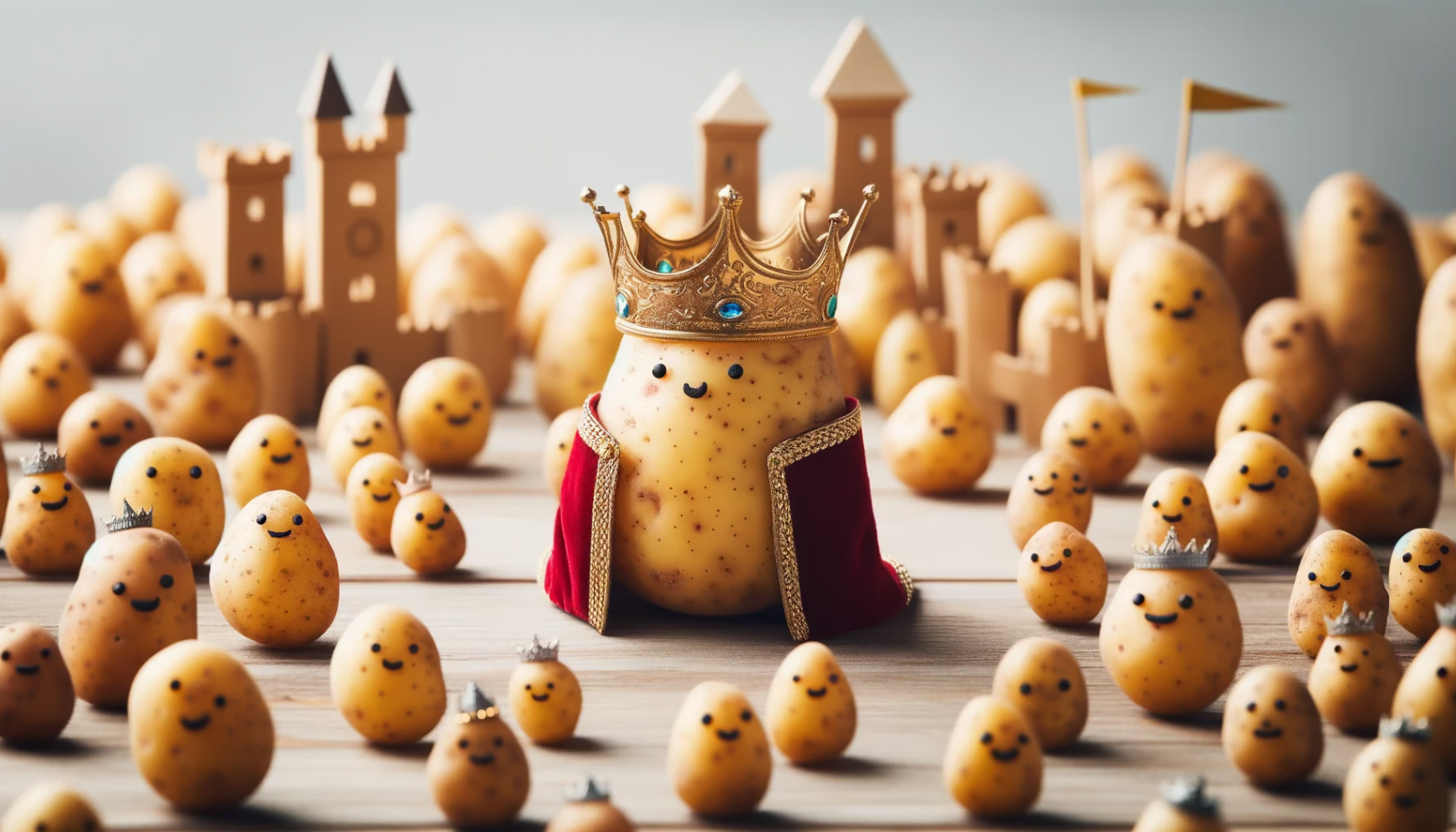DALL-E 3 now available for paid ChatGPT accounts, artists can opt out

Key Points
- OpenAI has released its improved image AI DALL-E 3 for ChatGPT Plus and Enterprise users.
- The image AI follows text input much more accurately than other models. The improvement is based on a custom-trained image labeling AI that has generated higher-quality image labels for the images used to train DALL-E 3.
- OpenAI is working on an image classifier to recognize AI-generated images and allow artists to remove their work from future datasets, but not from the already trained DALL-E 3.
OpenAI has released DALL-E 3 to all ChatGPT Plus and Enterprise users. Artists can extract their work from the dataset - but only for future models.
OpenAI's new image AI, DALL-E 3, is now available to all ChatGPT Plus and ChatGPT Enterprise users. OpenAI suggests using it to visualize website designs and corporate logo concepts.
"My business partner and I are creating a coffee shop inspired by our mutual love for rabbits. We have a logo we like a lot that is minimalist with a rabbit, but anxious to get your take on it." pic.twitter.com/5QHWlFP9cW
— OpenAI (@OpenAI) October 19, 2023
Bing Image Creator is still free for anyone with a Microsoft account, but is not integrated with ChatGPT, is very restrictive in what images it accepts, and only offers square aspect ratios. So the full DALL-E 3 package is currently only available from OpenAI.
DALL-E 3 trained on AI-generated, more accurate image labels
OpenAI also reveals the secret sauce of DALL-E 3's biggest advance, which is that the image AI follows prompts much more accurately than existing text-to-image systems. To achieve this, OpenAI first trained an image labeling AI and then applied it to the training images to get better image labels. The image AI was then trained with these machine-labeled images.
The rationale behind this process was that previous text-to-image systems could not accurately track prompts because the image labels were not good enough. As a result, the details of the prompts were lost in the noise. The detailed AI-generated labels fixed this.
OpenAI also announced the development of an image classifier that, in internal tests, recognized 99 percent of unedited images generated by DALL-E 3. With common image manipulations such as cropping, compression, and resizing, the classifier still recognized 95 percent of the images generated by DALL-E 3.
However, the tool only provides a probability, not a definitive classification. It could be one tool in a toolbox of technologies to help identify AI-generated media, OpenAI writes. This is a challenge that will require cross-platform collaboration among many companies, it adds. OpenAI devotes a separate document to the safety of DALL-E 3.
Artists can opt out of OpenAI's image dataset for future models
OpenAI has posted a form online for artists to remove their image data from the dataset for future training of image AI models.
"We understand that some content owners may not want their publicly available works used to help teach our models," OpenAI writes. The easiest way is to prevent "GPTBot" from crawling your data.
Alternatively, artists can send recordings of individual works that they want removed from the dataset used to train future models. OpenAI does not provide a way to remove data from the already trained DALL-E 3, which would probably be technically impossible or very difficult.
AI News Without the Hype – Curated by Humans
As a THE DECODER subscriber, you get ad-free reading, our weekly AI newsletter, the exclusive "AI Radar" Frontier Report 6× per year, access to comments, and our complete archive.
Subscribe now